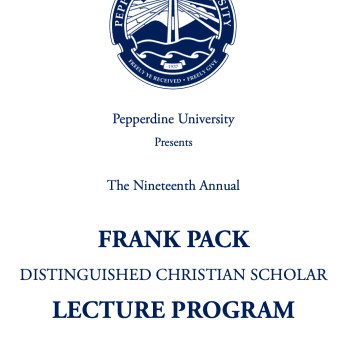What do James Sanders, Ben Witherington III, J.K. Elliott, Kathy Ehrensperger, Craig Evans, Bruce Malina, A.K.M. Adam, Christopher Rowland, James Dunn, Bruce Chilton, Mark Goodacre, and David Horrell all have in common? They contributed chapters to a new exegesis textbook entitled Searching for Meaning (ed. Paula Gooder, SPCK or WJK, 2008).
This is not your average intro to interpretation. Gooder has really thought through what could be a unique way of helping students to recognize and begin to use the tools in the very large toolbox of exegesis and heremeneutics. Gooder offers a few very useful elements:
1. She got on board a host of world-class scholars to explain an interpretive technique. 23 techniques are chosen with 23 different scholars offering a one sentence definition of the approach, followed by a longer explanation of it.
2. Each chapter, composed of a different approach, is very short – and thus manageable. This is hermeneutics for dummies – and that is a good thing! The choice to keep chapters short make this very appealing as a supplementary textbook for any interpretation course (while not precluding the requirement that the students read another more detailed exegesis textbook).
3. Gooder completes each chapter herself by offering a test-case of the method using a NT text. What a great idea! So much of hermeneutics is philosophy and theory and it can be so overwhelming to read. The student neither understands the method, nor knows it relevance. Gooder, again briefly, offers an illuminating test-case for each approach.
4. The organization of the book is superb. She splits the techniques into three groups – ‘FROM EVENT TO TEXT’ (form criticism, source crit., redaction crit., etc…), ‘TEXT’ (textual criticism, narrative crit., rhetorical crit., etc…), and ‘FROM TEXT TO READER’ (reception history, theological interpretation, feminist critic., black crit., ecological crit., etc…). This is a helpful way to view where each type of approach fits on the map of hermeneutics.
This book is so useful because I sometimes am reading a journal and, let’s say, ‘structuralist criticism’ is brought up and I have no idea what that is. If I look in a bible dictionary (or wikipedia), I may get a definition, but it probably won’t help me any. But, because this text has case studies, that really aids in understanding what the criticism is all about. As a reference resource, this book is invaluable.
There are a few small concerns. First of all, not all approaches are really methods. Some are just ways of thinking (like reader-response). Many of the chapters have significant overlap, such as reception history and reader-response. Also, some of the chapters are so brief it is difficult to grasp the concepts. After reading the chapter on structuralism, I still didn’t get it – even after reading the test-case! But, I was closer, so that is something. Also, the chapter on ‘theological intepretation’ was written by A.K.M. Adam which is not a bad choice, but then Gooder went on to develop her case study based on Fowl’s work. It would have been so much better if Fowl or Francis Watson or Richard Hays could have penned that chapter. Finally, I was a little surprised that there was no chapter on grammatical or linguistic analysis (along the lines of something Stanley Porter might do).
These small concerns would not prevent me from using this as a textbook, and if I teach an upper-level hermeneutics course I will highly recommend it. Also, this is great for students preparing for doctoral studies and it will aid in understanding new approaches that many theses take in monographs.
Again, highly recommended to all.
















